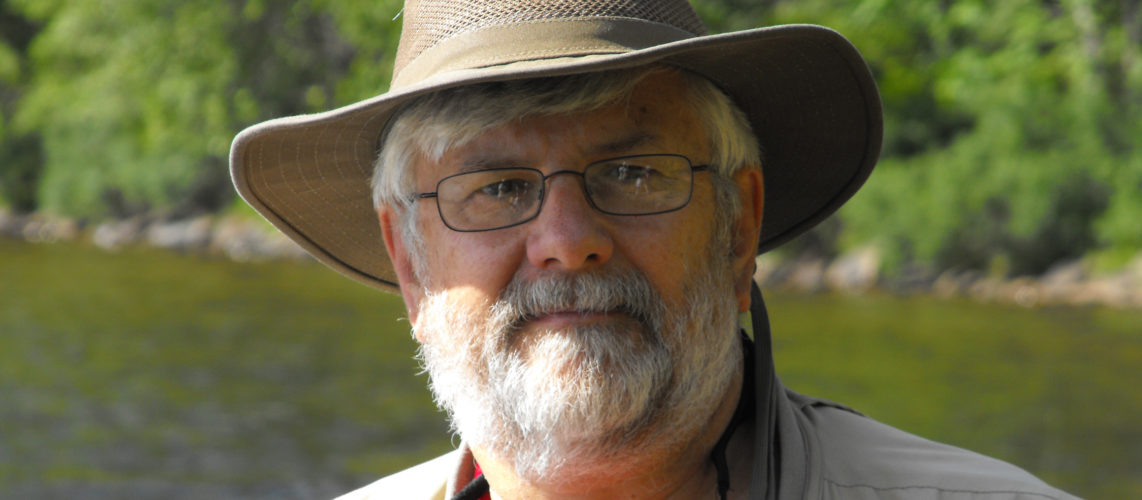This week’s article will concentrate on helping Bluenose Coastal Action Foundation (BCAF) inform folks about a study that they are undertaking on Wentzells Lake. If you are fishing in Wentzells Lake and catch a tagged fish, there are instructions on what to do next.
Just a reminder that the area where Wentzells Lake empties into the LaHave River is closed to all angling, and if you go up either branch of the river at the top of the lake, that area is fly fishing only.
Chain pickerel and smallmouth bass are two well-known non-native fish species found in numerous watersheds in Nova Scotia. These aggressive invasive fish predators feed on anything from large insects to small fish, juvenile turtles and even small birds. Both species frequent river and lake habitat, with chain pickerel preferring the latter.
Smallmouth bass are active in late spring to early fall when water temperatures reach 15 C, whereas, chain pickerel are active year-round and actively feed with water temperatures of 5-25 C. Chain pickerel spawn in submerged vegetation during the spring when water temperatures are 5-10º C and have been known to spawn in the fall as well. Smallmouth bass spawn later in the spring when water temperatures reach 16-18 C and create “nests” along the shoreline of lakes and rivers. During this time, the male smallmouth bass aggressively guards the nest and will attack anything that ventures near.
Atlantic salmon are a native salmonid that were once abundant in Nova Scotia, but recently have encountered sharp declines (88-99 per cent decline) to the point where the inner Bay of Fundy population was listed as endangered by SARA (Species at Risk Act) and the Southern Uplands Population (salmon that spawn in rivers from Canso around the coast to Cape Split) is under assessment for listing. There are many threats facing Atlantic salmon in Nova Scotia, but a more recent and severe threat is the predation (the preying of one animal on others) and competition by invasive predators such as chain pickerel and smallmouth bass.
In 2017, the Bluenose Coastal Action team sampled smallmouth bass and chain pickerel in Wentzells Lake, which is located where two large branches of the LaHave River combine. Stomach contents were recorded for every fish caught in an attempt to estimate the predation of Atlantic salmon smolt by chain pickerel and smallmouth bass during the smolt’s migration down river. There were 13 Atlantic salmon smolt and one Atlantic salmon parr found in the stomachs of these invasive predators during the 2017 sampling season, along with many other fish species.
Considering these results, and to better estimate the predation impacts on Atlantic salmon populations, a population estimate for both smallmouth bass and chain pickerel is currently underway in Wentzells Lake. The fish are tagged with T-bar floy tags and PIT (passive integrated transponder) tags. The floy tags (small grey tag) are visible and are located left of the dorsal fin. On this tag, there is a telephone number and a number for the fish. The PIT tags are inserted into the body cavity and are scanned with a PIT tag reader. These tagged fish are part of a mark-and-recapture study to determine the population size of each species within Wentzells Lake. If you are angling in the area and catch one of the tagged fish, record the number of the fish from the floy tag (1,000-2,000) and report it to Shawn Feener, LaHave River Invasive Species project co-ordinator, at shawn@coastalaction.org or 902-523-0157.
If you would like to see all the projects that BCAF is working on, visit www.coastalaction.org.
As a reminder, upcoming tournaments include Lake Side tournament, July 7, on Kempt Black Lake and South Shore Bassmasters is hosting a tournament on Mushamush Lake on July 15. If you would like to try your hand at tournament fishing and are not certain how to start, email me and I will give you some helpful tips.
